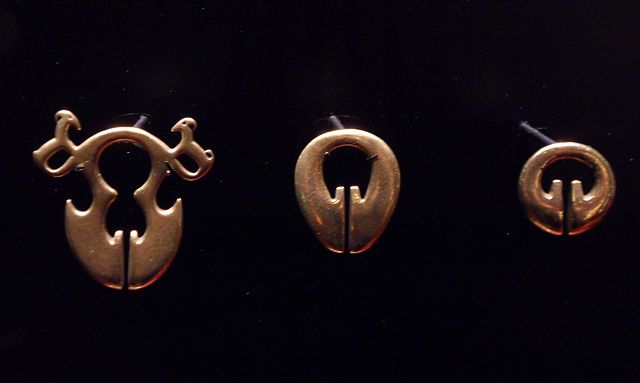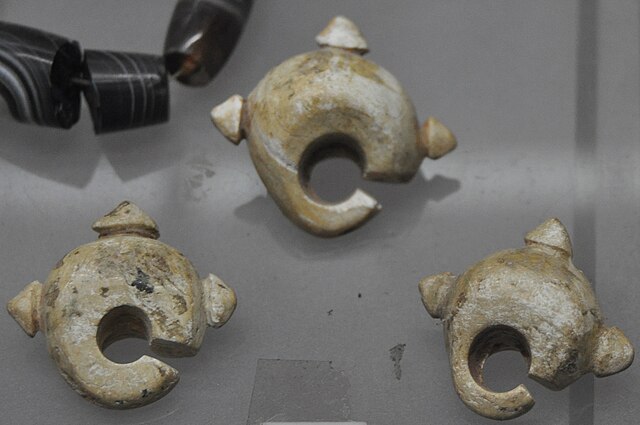The Maritime Silk Road or Maritime Silk Route is the maritime section of the historic Silk Road that connected China, Southeast Asia, the Indian subcontinent, the Arabian Peninsula, Somalia, Egypt and Europe. It began by the 2nd century BCE and flourished later on until the 15th century CE. Major players in the Maritime Silk Road include the merchants from the Tang, Song, Yuan and Ming dynasties of imperial China, Austronesian sailors in Southeast Asia, Tamil merchants in India and Southeast Asia, and Persian and Arab traders in the Arabian Sea and beyond. The network followed the footsteps of older maritime networks in Southeast Asia, as well as the maritime spice networks of Southeast Asia, Sri Lanka, India, and the Indian Ocean, coinciding with these ancient maritime trade roads by the current era.
One of the Borobudur ships from the 8th century, they were depictions of large Javanese outrigger vessels. Shown with the characteristic tanja sail of Southeast Asian Austronesians.
16th-century Vietnamese ceramics in Aichi, Japan.
Philippine jade culture, or jade artifacts, made from white and green nephrite and dating as far back as 2000–1500 BC, have been discovered at a number of archaeological excavations in the Philippines since the 1930s. The artifacts have been both tools like chisels and ornaments such as lingling-o earrings, bracelets, and beads.
Philippine jade culture
Lingling-o designs from the Philippines
Lingling-o designs from Vietnam
Batanes, a province in northern Philippines, was a major processing site for the Maritime Jade Road; many lingling-o artifacts originate from the ancient workshops of Batanes






